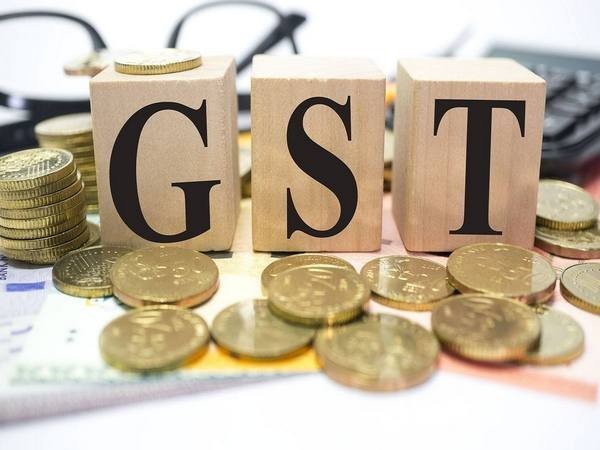In September, GST collections in India reached Rs 1.73 lakh crore, marking a 6.5 per cent increase from the previous year. This growth trend continued in 2024, with total GST collections so far being 9.5 per cent higher at Rs 10.9 lakh crore, compared to the same period in 2023. The year saw a record high of Rs 2.10 lakh crore in total GST mop-up, indicating a positive trajectory for the country’s economy. The fiscal year 2023-24 also recorded a total gross GST collection of Rs 20.18 lakh crore, with an 11.7 per cent increase from the previous fiscal year.
The surge in GST collections showcases robust domestic consumption and buoyant import activity, signaling resilience in India’s economy amidst global uncertainties. These figures not only reflect well on the country’s fiscal health but also contribute to its economic recovery efforts. The implementation of the Goods and Services Tax in 2017 was a significant step towards simplifying the tax system in India, with states being assured compensation for revenue losses for five years.
Some key items have seen substantial reductions in GST rates, or have been kept at zero, benefiting the general population. Hair oil, toothpaste, soap, detergents, wheat, rice, curd, watches, TVs, refrigerators, washing machines, and mobile phones are among the items on which GST rates have been slashed. The GST Council, comprising the Union Finance Minister and finance ministers of all states, has played a crucial role in determining these rates and ensuring a smooth implementation of the tax system.
Overall, the increase in GST collections and the positive economic indicators highlight the strength and resilience of India’s economy. The country’s focus on simplifying tax processes, reducing rates on essential items, and ensuring transparency in tax collection mechanisms has contributed to this success. As India continues to navigate through global challenges, the steady growth in GST collections provides a glimmer of hope for sustained economic recovery and growth in the future.









